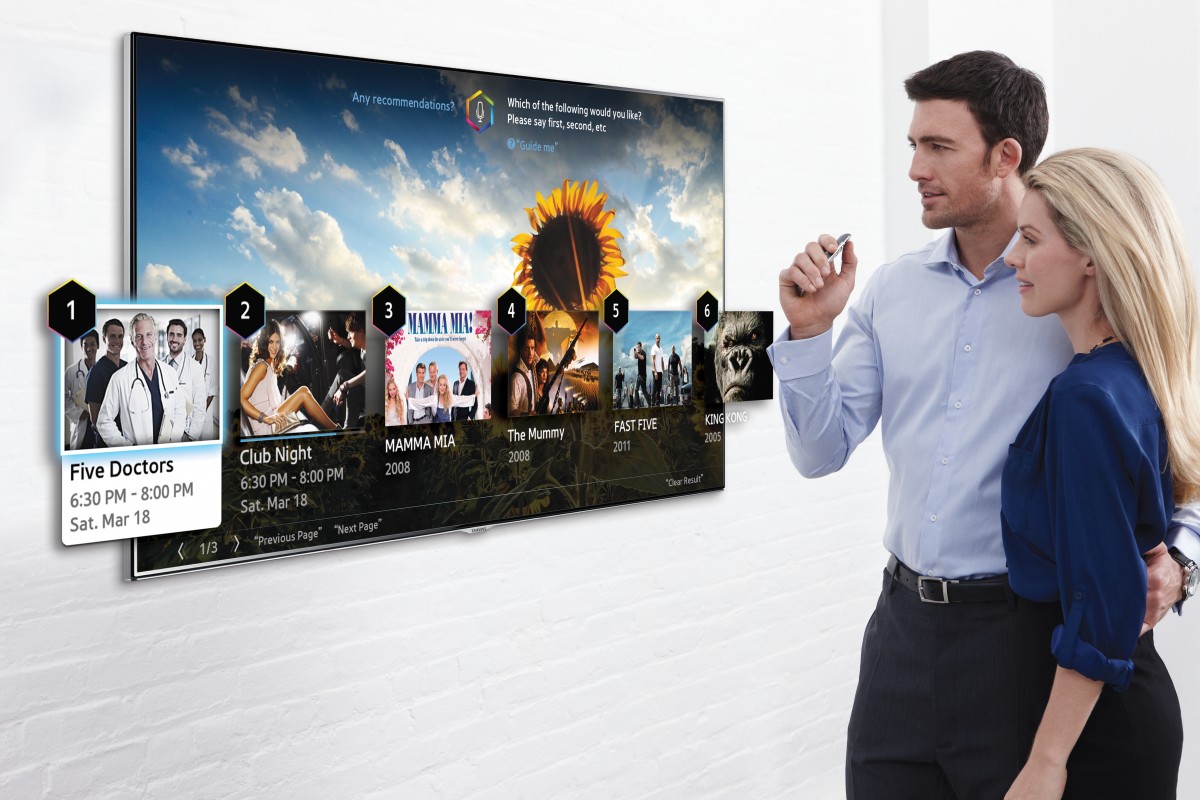 In the US, at the end of 2017, 210 million devices were installed in consumer homes actively delivering internet connectivity to the TV screen, and by the end of 2021 there are forecast to be 275 million, according to The NPD Group.
In the US, at the end of 2017, 210 million devices were installed in consumer homes actively delivering internet connectivity to the TV screen, and by the end of 2021 there are forecast to be 275 million, according to The NPD Group.
While smart TVs and streaming media players will continue to drive installed internet-connected TV device growth, making up 49 percent and 29 percent of the total growth respectively through 2021, the TV-Connected Device Forecast anticipates the number of new households purchasing devices will begin to slow late in the forecast period, as the market reaches saturation.
Historically, in the US, gaming consoles were the leading installed and internet-connected TV device, but by the end of 2018 the number of streaming media players and smart TVs installed and connected to the internet are expected to surpass gaming consoles. According to the forecast, smart TVs will overtake this leading position, driven by sales of smart TVs 40 inches and below coming equipped with operating systems, continued growth of internet connect rates, growing usage of streaming video services, and rising 4K/UHD adoption – as virtually all 4K TVs come with apps installed.
Additionally, according to the TV Ownership Trends Report, consumers replace TVs every 6.9 years on average, and given that smart TV sales picked up during 2013, replacements are expected to accelerate during 2019 and 2020. This will drive smart TV sales, but lead to a slowdown in the number of additional connected TV households, a trend that will be seen in the streaming media player market as well.
“Device purchases are shifting from first time connected TV households and those connecting TVs in secondary rooms, to consumer’s entering into a device and smart TV upgrade cycle,” said John Buffone, executive director, industry analyst, NPD Connected Intelligence.
“From a content distributor perspective, this means investing in resources to ensure today’s apps are updated for later model year devices and TVs.”